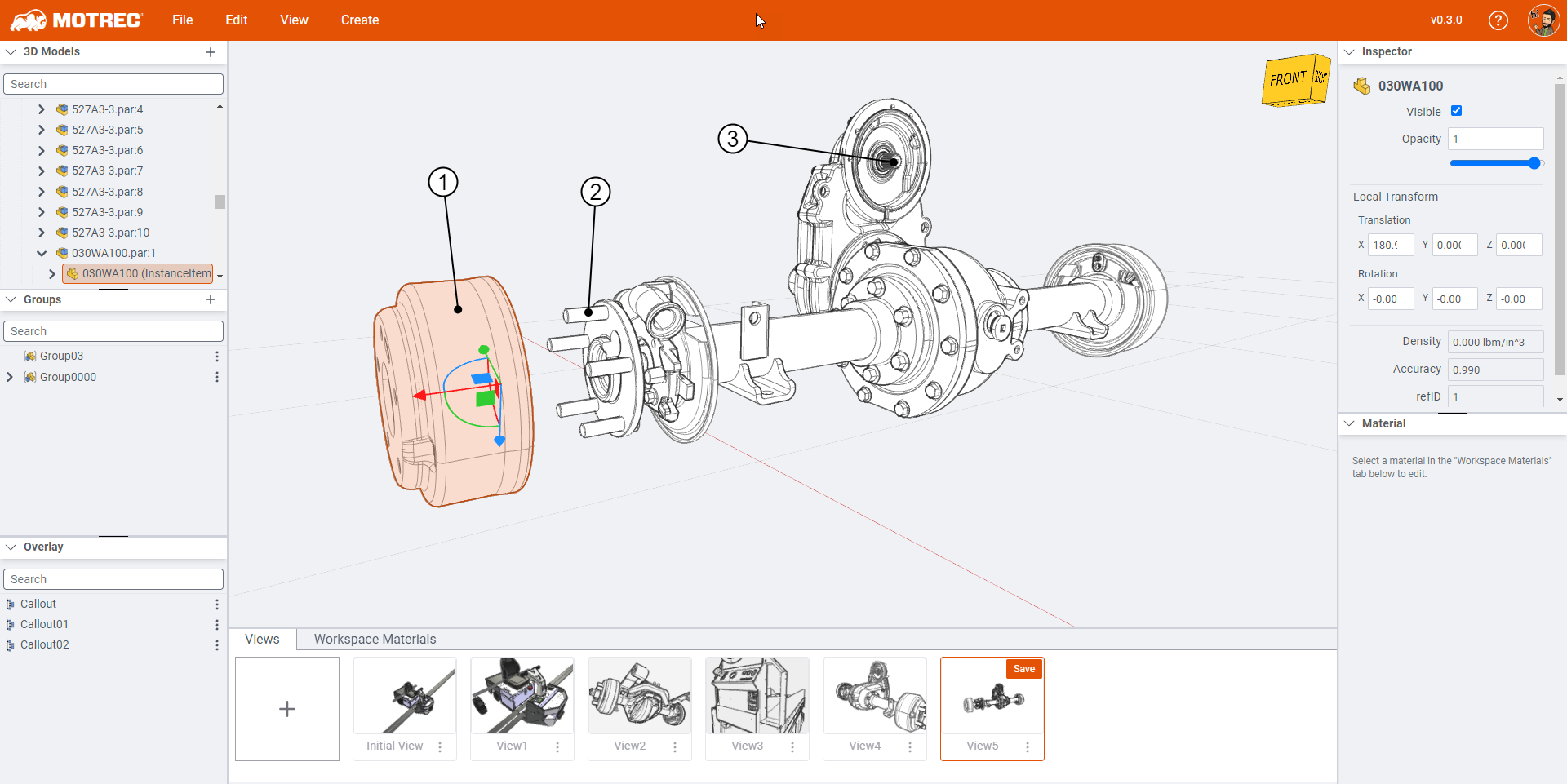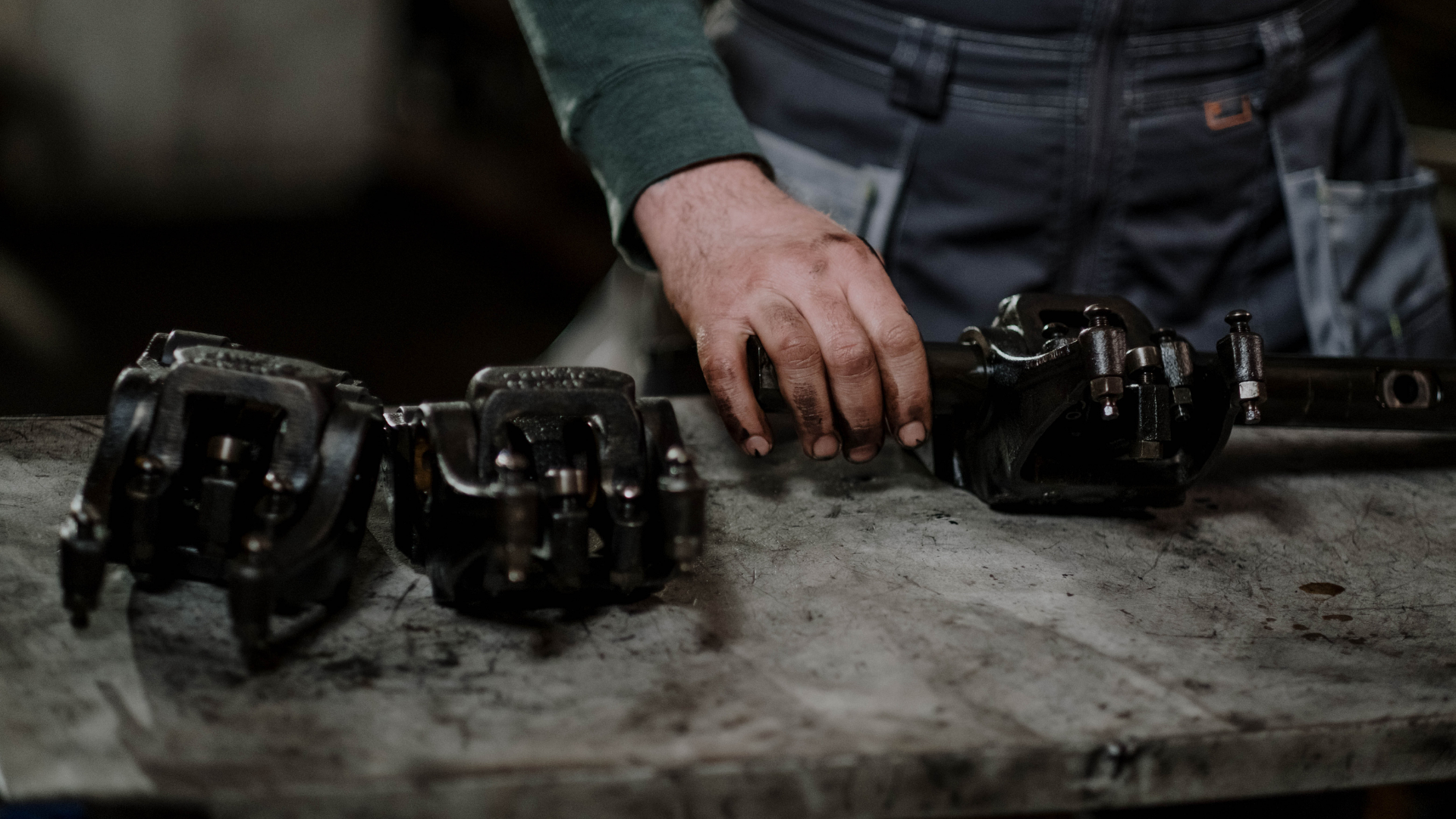What is the difference between Zea and 3D CAD software?
So, you're a 3D CAD pro and you're probably thinking, "Why would I need an app like Zea to create 3D illustrations?" Well, let's break it down. We're...
1 min read
Michael Smith
:
Fri, Jun 16, '23
Unlike substitutes that can only replace a part in a specific part structure, alternates can serve as a replacement for a part in every part structure. This means that an alternate part relationship applies globally to all assemblies that use the part.
Alternates — May be used in any assembly where the specified part is used. Alternates may be designated as one-way or two-way.
An M10 X 1.25, grade 8 bolt may be used in any assembly where an M10 X 1.25, grade 2 bolt is specified. However, the grade 2 bolt may not be used wherever the grade 8 bolt is specified because it may not be strong enough. The grade 8 bolt is a one-way alternate for the grade 2 bolt.
If the grade 2 bolt can be used wherever the grade 8 bolt is specified as well, then the relationship is described as a two-way alternate.
Understanding the concept of alternate parts is crucial for ensuring uninterrupted manufacturing operations and minimizing downtime. By identifying suitable alternate parts, manufacturers can maintain their production schedules, meet customer demands, and prevent delays or disruptions in the assembly line.
Selecting an appropriate alternate part involves careful consideration of various factors, including compatibility, functionality, quality, and cost-effectiveness. Engineers and procurement teams collaborate to evaluate potential alternatives, conducting thorough testing and analysis to ensure that the substitute part meets the required specifications and performance standards.
Moreover, the use of alternate parts may necessitate adjustments in the manufacturing process, as they can have slightly different dimensions, materials, or characteristics compared to the original component. Hence, engineers need to assess any potential impacts on product performance, assembly procedures, and overall quality to ensure a seamless integration of the alternate part into the production line and after-sales processes.
In summary, alternate parts play a crucial role in manufacturing and after-sales by providing viable alternatives when the primary component becomes unavailable. Their careful selection and integration enable companies to maintain operational continuity, meet production targets, and deliver products to customers without compromising quality or efficiency.

So, you're a 3D CAD pro and you're probably thinking, "Why would I need an app like Zea to create 3D illustrations?" Well, let's break it down. We're...

Users are free to purchase spare parts from anywhere, but the bottom line is that 3D sells more parts, and the original equipment manufacturer (OEM)...

You're the original equipment manufacturer, the expert when it comes to the equipment you sell, but you're getting your butt kicked by competitors...